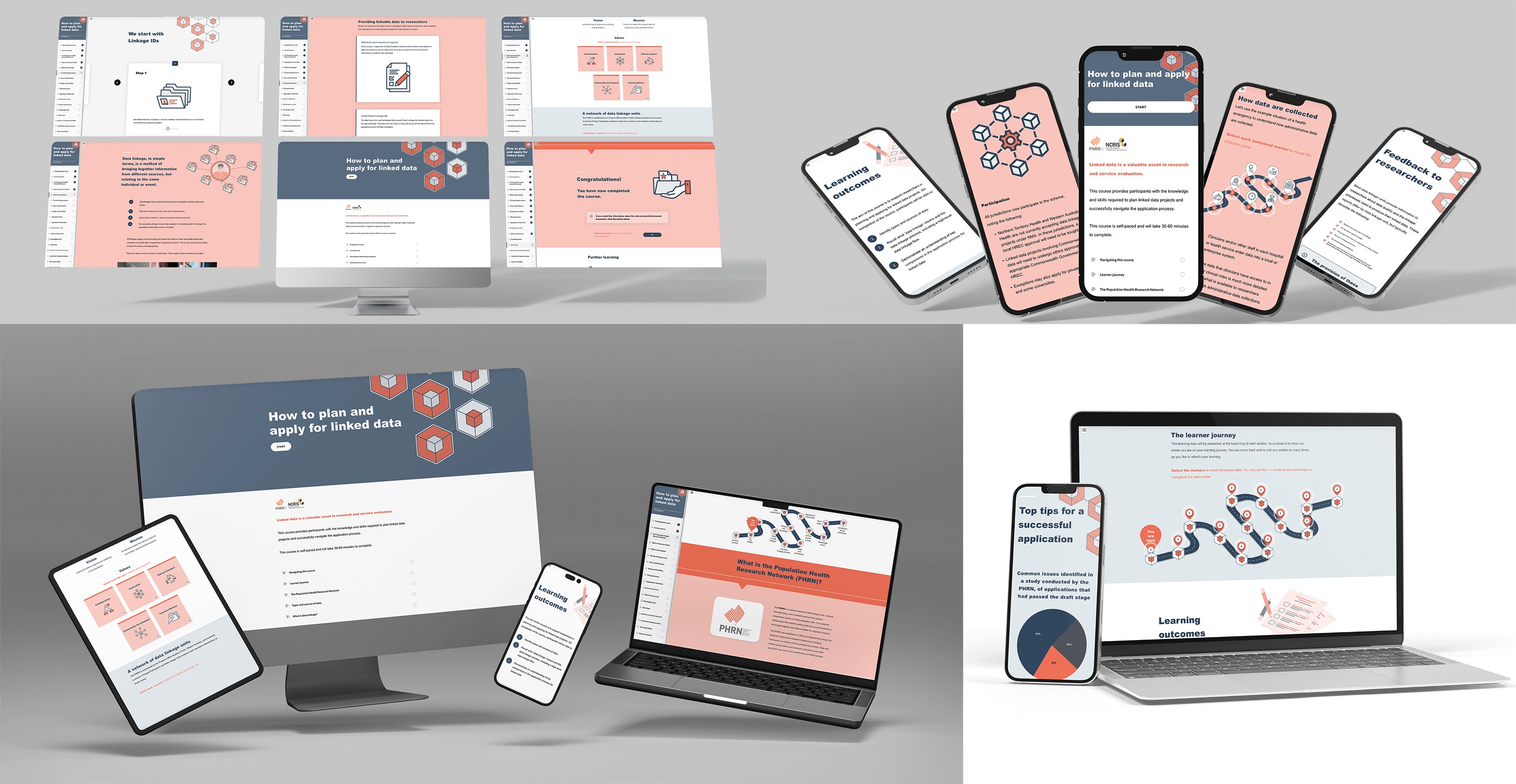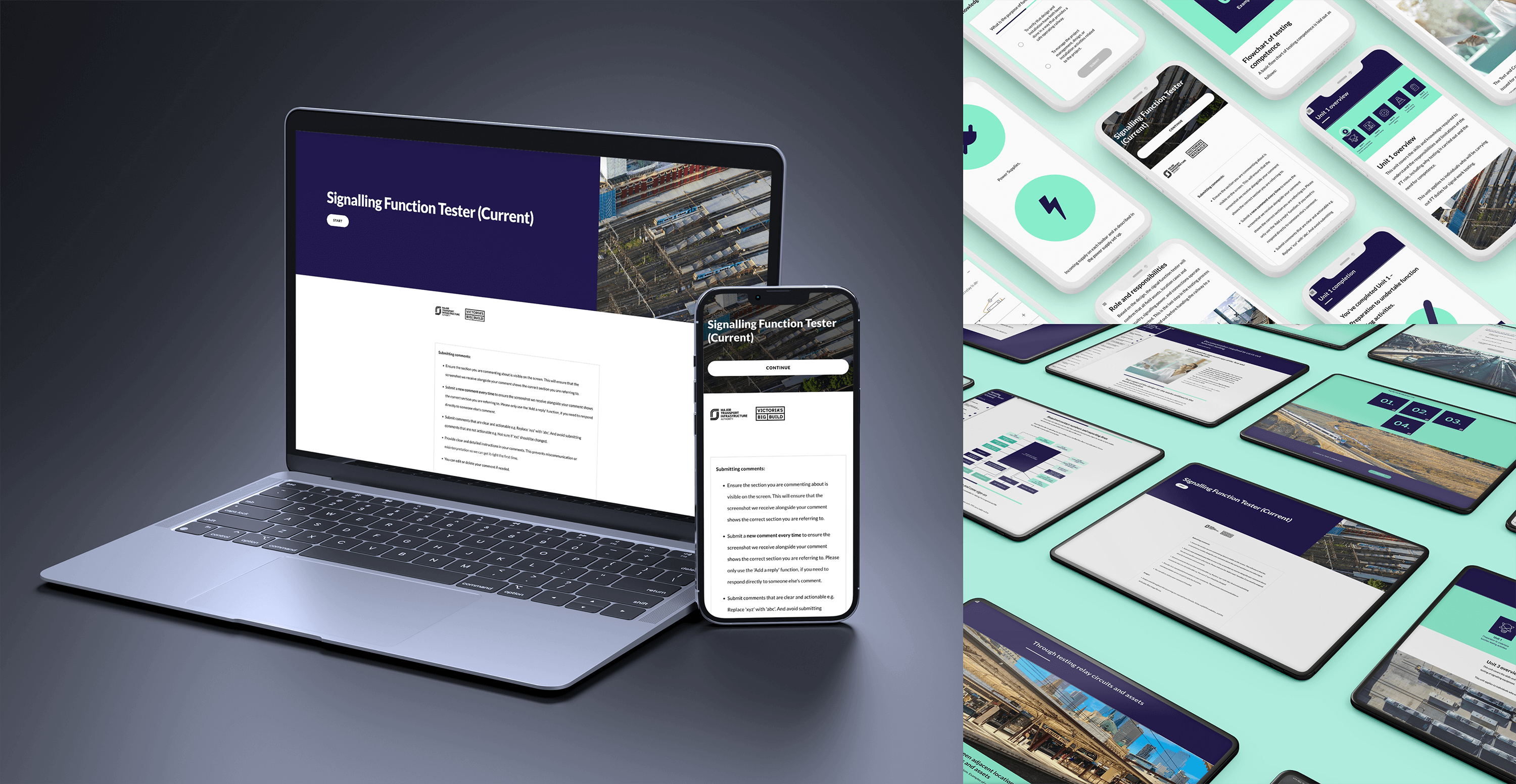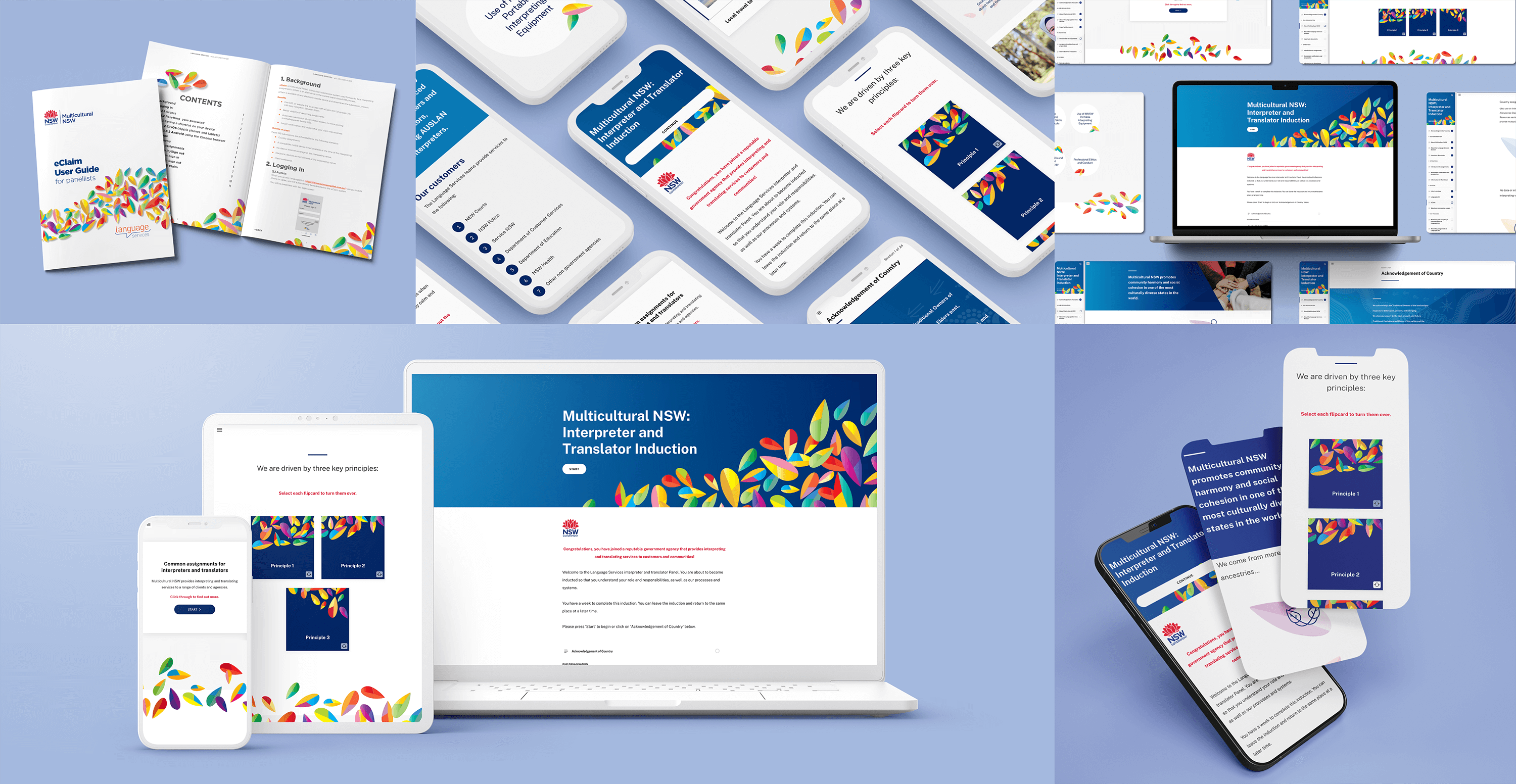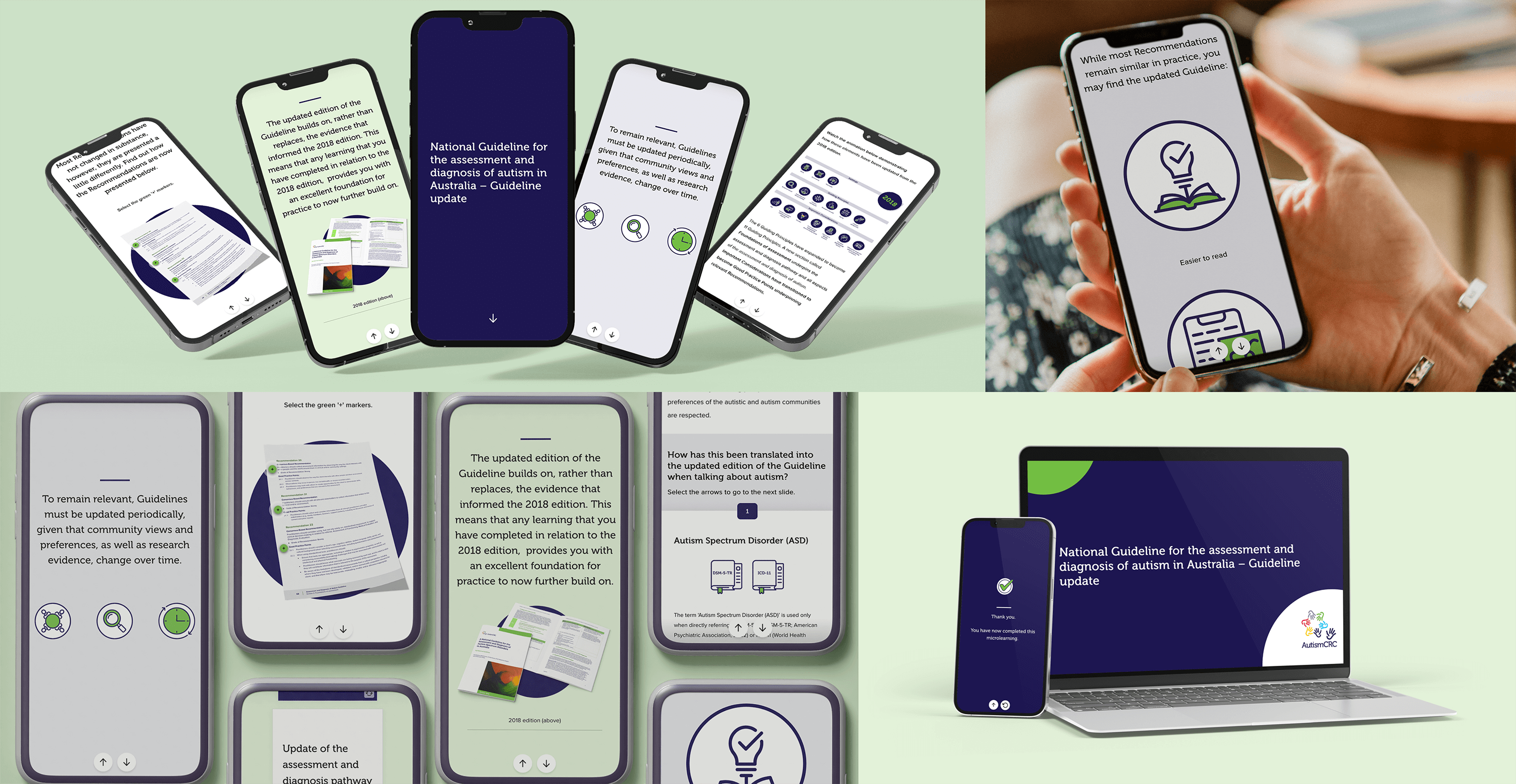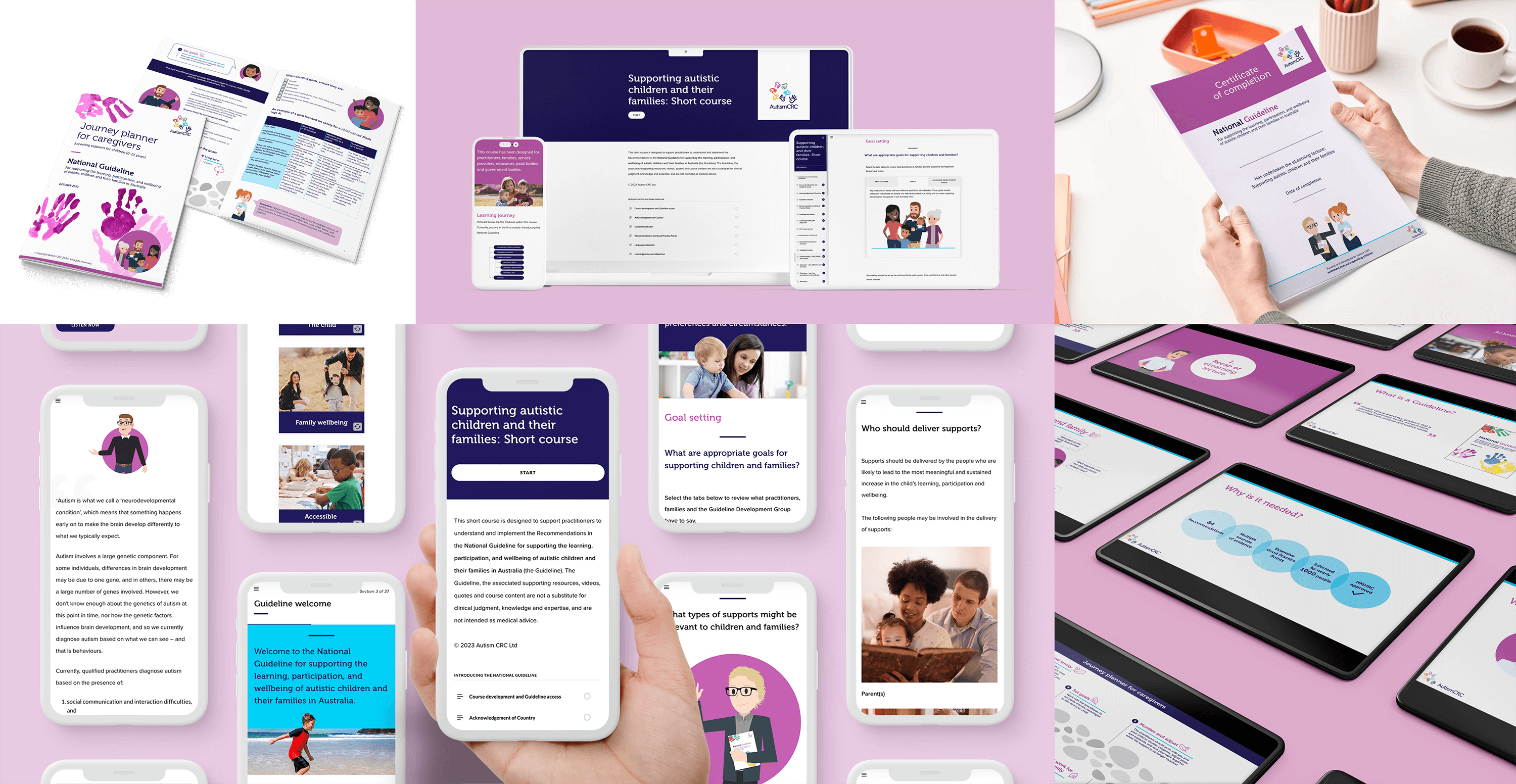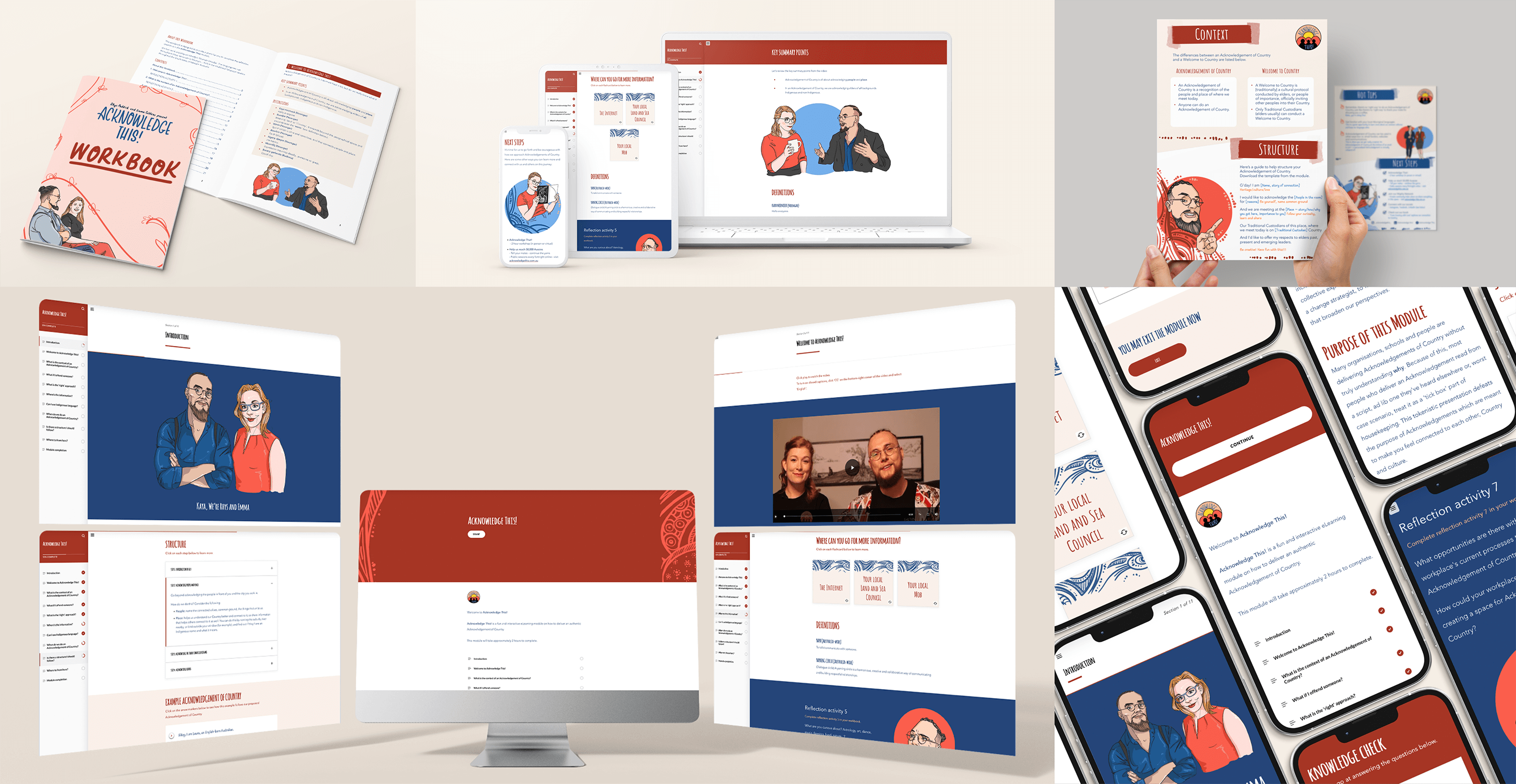Looking to create leadership training that drives real behavioural change? The secret lies in experiential learning design. Research shows that leaders retain up to 70% of what they learn through hands-on experiences, compared to just 10% through traditional training methods (Lombardo & Eichinger, 2017). Let’s explore how you can transform your leadership development programs through powerful experiential learning design.
Understanding the Experiential Learning Framework
Before diving into practical design strategies, let’s get an understanding of the four key components of effective experiential learning. These will help you to map out the learning architecture – the path to shift learners from point A to B.
1. Concrete Experience
Time to get real! The magic happens when you move beyond theory and create situations where leaders can roll up their sleeves and tackle genuine challenges. Here’s how to make that happen:
- Bring your organisation’s challenges to life through detailed business scenarios. Think high-stakes decision making, resource allocation dilemmas, or strategic planning crossroads that mirror real situations your leaders face.
- Create immersive role-play experiences where leaders navigate complex stakeholder dynamics. Give them meaty scenarios where they must balance competing priorities, manage difficult personalities, and drive results through influence.
- Launch learning projects that tackle actual business problems. Partner with department heads to identify current challenges, then let your leaders loose on solving them – with proper guidance and support, of course.
- Design team challenges that capture the complexity of workplace dynamics. Think cross-functional projects, virtual team leadership scenarios, or change management simulations that test both technical and interpersonal skills.
2. Reflective Observation
Here’s where the real learning kicks in. Reflection transforms experience into insight. Harvard Business Review’s research shows that leaders who engage in structured reflection show a 23% improvement in performance (Harvard Business Review, 2019). Incorporate these reflection techniques:
Guided Reflection Sessions
Let’s turn those lightbulb moments into lasting leadership capabilities. Use carefully crafted prompts to help leaders unpack their experiences and discover powerful insights:
- Put your leadership choices under the microscope: “What specific behaviours did you demonstrate during that challenge, and how did they align with your intended impact? Think about your words, actions, and even what you chose not to do.”
- Track your decision-making evolution: “Walk us through your thought process as new information emerged. What assumptions did you challenge? Which priorities shifted? How did you adapt your approach?”
- Explore your ripple effect: “Consider how your communication style shaped team dynamics. Which moments created energy and alignment? Where might a different approach have yielded better results?”
Reflection Tools
Great reflection needs structure. These practical tools will help your leaders capture those golden nuggets of learning:
- Create leadership behaviour trackers that connect actions to outcomes. Design simple but powerful observation sheets where leaders can map their behaviours to specific impacts, making it easy to spot patterns and improvement opportunities.
- Develop decision journals that capture the full story. Go beyond basic note-taking to include context, assumptions, key decision points, and resulting outcomes. These become powerful learning tools for future situations.
- Build comprehensive feedback matrices that gather insights from all angles. Design tools that help leaders collect and analyse input from peers, direct reports, and stakeholders, creating a 360-degree view of their leadership impact.
3. Abstract Conceptualisation
This is where we bridge the gap between experience and understanding. Your role is to help leaders spot patterns and connect dots in ways that transform raw experience into practical wisdom:
Learning Integration Workshops
Use power-packed 90-minute sessions to turn those aha moments into actionable insights:
- Facilitate deep-dive discussions where small groups can uncover common patterns in their experiences. Create space for leaders to share stories, challenge assumptions, and build collective wisdom about what works (and what doesn’t).
- Guide leaders through framework mapping exercises that bridge theory and reality. Help them connect their experiences to proven leadership models, creating practical toolkits they can use in future situations.
- Create action planning sessions where insights transform into concrete next steps. Move beyond generic plans to develop specific, contextual strategies for applying new learnings in their daily leadership challenges.
- Design peer coaching conversations that spark breakthrough insights. Structure paired discussions where leaders can safely explore challenges, workshop solutions, and commit to specific actions.
Concept Application Tools
Now, give your leaders the frameworks they need to make sense of their experiences and turn insights into action:
- Design leadership analysis templates that capture the complete picture. Move beyond basic checklists to create rich tools that help leaders examine their approaches across different situations, stakeholders, and outcomes. Include space for capturing context, strategies used, and lessons learned.
- Develop decision-making frameworks that actually reflect real-world complexity. Create practical guides that help leaders navigate ambiguous situations, balance competing priorities, and make confident choices even with incomplete information.
- Craft stakeholder impact assessments that reveal the full story. Build tools that help leaders map out all the players in their decisions, understand varying perspectives, and plan targeted engagement strategies for each group.
- Create team dynamics maps that illuminate the invisible. Design visual tools that help leaders understand team relationships, communication patterns, and influence networks, making it easier to spot opportunities for positive intervention.
4. Active Experimentation
Here comes the fun part – putting new insights to the test. Think of this as your leaders’ testing ground, where they can flex their new skills in increasingly challenging scenarios.
Graduated Challenge Approach
Just like a great video game, we’re going to level up the challenges as your leaders grow. Here’s how we’ll structure it to scaffold learning:
Level 1: Controlled Application
Welcome to your leadership practice ground. Here’s where we build those foundational skills:
- Set up practice scenarios for crucial conversations where the stakes feel real but the risks aren’t (e.g., delivering difficult feedback).
- Provide smart support tools leaders will actually use, not just file away.
- Create instant feedback loops that turn mistakes into learning gold.
- Build in practice rounds that help leaders find their authentic style through trial and refinement.
Level 2: Complex Scenarios
Time to turn up the heat! These challenges will push your leaders to think on their feet:
- Craft scenarios rich with competing stakeholder needs and hidden agendas.
- Mix in real-world pressure points that test decision-making mettle.
- Drop in surprise elements that force quick thinking and creative solutions.
- Design challenges that demand both big-picture vision and in-the-weeds execution.
Level 3: Real-World Projects
This is where the rubber meets the road. Your leaders will tackle genuine organisational challenges:
- Choose projects that matter – where learning goals meet business impact.
- Structure experiences that require genuine stakeholder collaboration and influence.
- Set crystal-clear success metrics linking leadership actions to business results.
- Provide mentor partnerships that accelerate learning through experience-sharing.
Practical Design Considerations
Before you sprint off to create your experiential learning program, let’s nail down some practical essentials. These are the building blocks that will turn your vision into reality.
Time Structuring
Timing is everything! Here’s a rhythm that’s been battle-tested and proven to maximise learning impact. Think of it as your experiential learning recipe:
- Start strong with 20% context-setting that creates clear purpose and direction.
- Dedicate 40% to active experiences where the real learning happens.
- Allow 25% for guided reflection that turns experience into insight.
- Reserve 15% for action planning that bridges learning to workplace reality.
Support Materials
Your learning experience needs a strong backbone. These resources aren’t just nice-to-haves – they provide structure to ensure your program delivers results:
Facilitator guides
These comprehensive session plans ensure training’s delivered how it’s intended:
- Detailed scenario information
- Common participant responses
- Coaching question banks
- Troubleshooting guidelines
Participant workbooks
Give your leaders the tools they need to capture, process, and apply their learning:
- Design pre-work that primes minds for learning.
- Create capture tools that guide reflection.
- Include planning templates that provide structure for action planning.
- Provide resource guides that support ongoing application on-the-job.
Measurement Strategy
Let’s talk about proving impact. After all, great learning deserves great measurement. Here’s how to track your success story through evaluation…
Immediate Impact Measures
These are your early indicators of success – think of them as your learning vital signs:
- Track capability growth through focused self-assessments.
- Gather peer insights that spotlight behaviour change.
- Measure action plan quality and implementation.
- Monitor how quickly learning hits the workplace.
Long-term Success Metrics
Here’s where we track the real transformation. These metrics show how your program is moving the needle:
- Document real behaviour shifts that stick.
- Track project outcomes tied to new leadership approaches.
- Measure team performance improvements.
- Link leadership growth to business results.
Your Implementation Roadmap
Ready to bring your experiential learning to life? Here’s your step-by-step guide to making it happen.
1. Start Small
Don’t try to boil the ocean! Begin with one key leadership challenge in your organisation. Think of it as your pilot episode – a chance to test, learn, and refine your approach:
- Pick one leadership challenge that’s crying out for attention.
- Design learning outcomes and a focused learning journey that tackles it head-on.
- Test with a small group of engaged leaders.
- Track what works and what needs tweaking.
2. Gather Early Feedback
Run a pilot with a small group of leaders and gather detailed feedback on. Their insights are pure gold – use them wisely to refine your design:
- Collect honest feedback about what hits the mark.
- See how easily learning transfers to real work.
- Test if your support tools actually support.
- Check if your timing creates learning flow.
3. Refine and Scale
Now it’s time to think bigger. Use those pilot insights to fine-tune your approach before rolling out the red carpet for a larger audience. Remember, scaling successfully means:
- Use pilot insights to polish your approach.
- Adapt materials for bigger audiences.
- Build your facilitator dream team.
- Create systems that support scalable growth.
References
Harvard Business Review. (2019). Learning to Learn: The Power of Reflection in Leadership Development. Harvard Business Review, 97(4), 76-85.
Lombardo, M. M., & Eichinger, R. W. (2017). The Leadership Machine: Architecture to Develop Leaders for Any Future (3rd ed.). Lominger International.
OUR WORK

